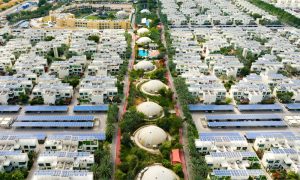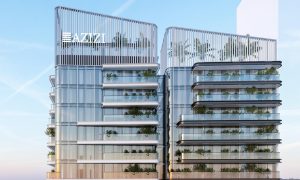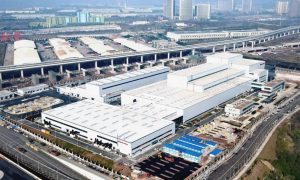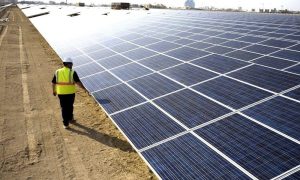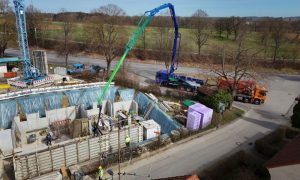“The industry needs to move from reactive to frontline lead and drive climate targets”
The built environment is responsible for almost 40% of global carbon emissions, with 10% from embodied carbon from materials and construction processes

“The recent MWO announcement is a major concern, not just for the built environment but for society. That said, we still have the opportunity to use this information as a hook to drive change and positively influence the industry,” said Samar Hussein, Associate, Gensler Middle East in an exclusive conversation with Middle East Construction News (MECN).
MECN sat down with Hussein following an announcement by the World Meteorological Organisation (WMO), which said there is a 50:50 chance of the annual average global temperature temporarily reaching 1.5C above pre-industrial levels for at least one of the next five years.
Commenting further, she noted, “I think the biggest benefit of this, is that it shifts the common perspective from ‘potential future impact’ to a ‘next year probability’. One of the major reasons why change is still slow, is that we keep looking at this as a future issue, while in fact, change needs to happen now and the implications of past and current behaviour, is happening now.”
“If this negative projection reflects in reality, we will witness significant changes in weather patterns with higher temperatures in a lot of urban areas. Specifically, coastal cities will suffer greatly from sea level rise. We are already starting to witness some of this in the region with a hotter climate, desertification and sandstorms. All of this would change city livability statuses and the relationship we have with our built environment,” she cautioned.
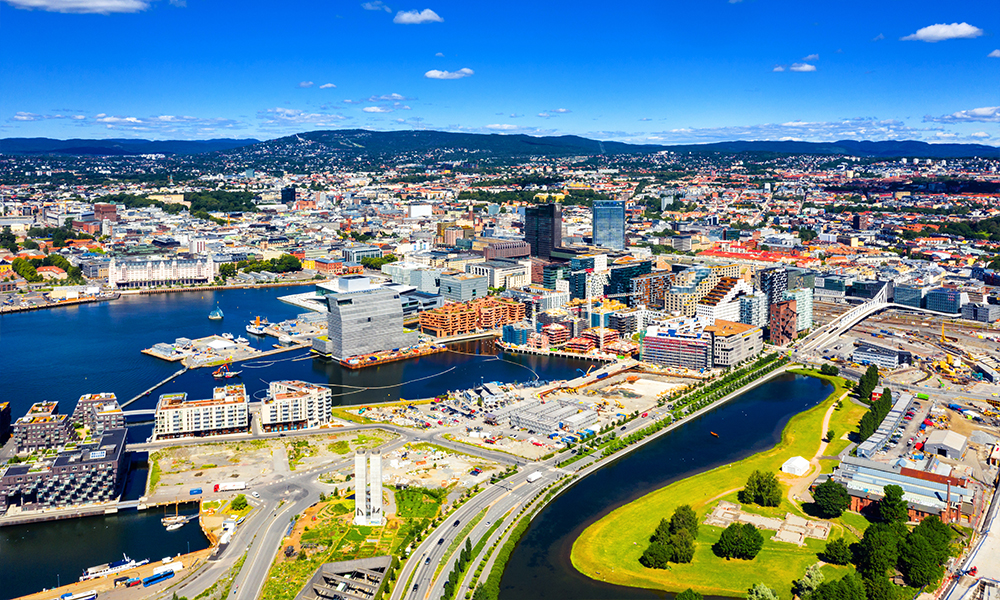
The MWO’s announcement is significant as the Paris Agreement, which was adopted by 196 Parties at COP 21 in Paris, on 12 December 2015 and entered into force on 4 November 2016, set out to limit global warming to well below 2C, preferably to 1.5C, compared to pre-industrial levels. According to the World Green Building Council (WorldGBC), the construction industry is responsible for almost 40% of global carbon emissions, with 10% from embodied carbon from materials and construction processes.
In the 2022 edition of Arcadis’ Sustainable Cities Index (SCI), which ranks 100 global cities on three different pillars of sustainability, Oslo ranked first overall, while other European cities and one in Asia also made the top five overall list.
Explaining why GHG output continues to rise despite global efforts to cut them, she explained, “With increasing urbanism and accelerated construction developments, particularly in size, it is not shocking that GHG emissions are still rising. It is estimated by 2050, two thirds of the world population will live in urban areas, couple that with world population growth projections and global construction activities will need to continue to expand. It is up to us to direct this expansion along the right path.”
“Unless we make drastic changes to how we manage and operate our cities and communities, it is unrealistic to assume a noticeable reduction in emissions. Many countries are still struggling to meet their climate commitment targets, and it is currently a learning process for all on the required policies and processes to tackle this.”

She urged, “The construction industry needs to move from a reactive mode to a frontline lead position and help drive climate targets.”
Discussing whether there’s enough awareness in the built environment with regards to its impact on global GHG emissions, Hussein stated that while there is awareness, it may not be comprehensive enough to capture the true extent of the industry’s contributions to climate change, and the effective ways to curb emissions within each individual capacity and in different project settings.
“We need to be more vocal and concise in our messaging about the risks and impacts of increased emissions as well as measures to reduce them. Addressing climate change is the moral and business imperative of our time,” she stated emphatically.
Commenting on Gensler’s approach to climate change, she remarked, “Our portfolio is already designed to save over 17mn metric tons of CO2 from being emitted on a yearly basis. But there’s still so much more work to do — and it can’t be done without the help of our clients, colleagues and industry. At Gensler, our mission is to transform the built environment for a Net Zero future with every project, in every location, and for every person by 2030.”
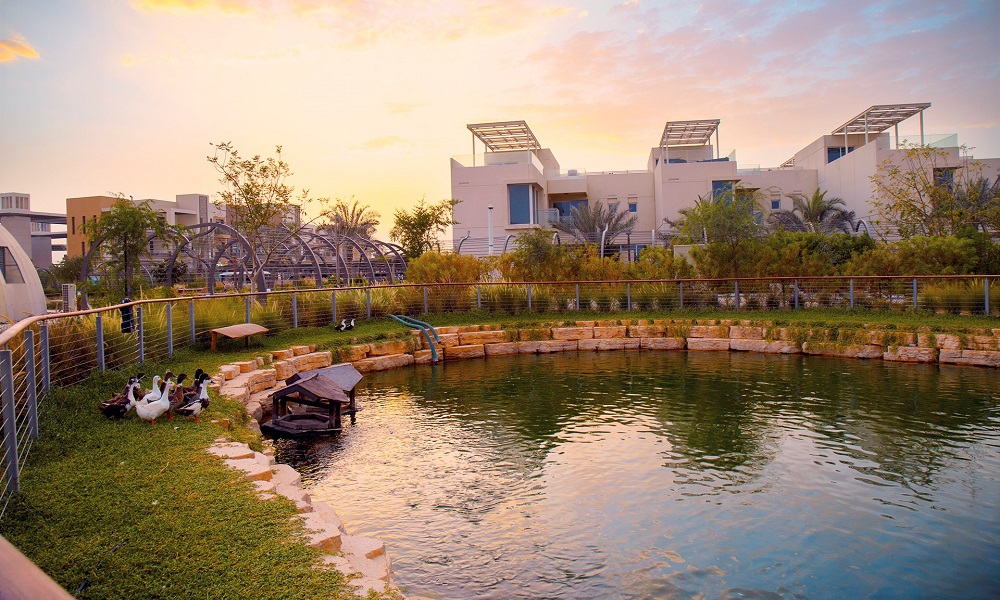
“This is where more investment in R&D will support greatly. Gensler’s commitment to carbon neutrality is supported by our continuous focus on research and community impact to explore ways in which individuals, communities, businesses and systems can leverage design to adapt and grow in light of climate change. The more companies applying this same level of commitment, the better the result,” she concluded.
Sustainable development is a key topic within the regional construction industry and was discussed at length at Middle East Consultant’s second Future of Architecture Summit, and Big Project Middle East’s inaugural Energy & Sustainability Summit.
With the now concluded EXPO 2020 Dubai, sustainability was also a key topic, with the event organiser announcing that 121 buildings were LEED certified at the mega event. Terra – The Sustainability Pavilion at EXPO 2020 Dubai, which served as an anchor of the Sustainability Zone was also profiled by Big Project Middle East.
